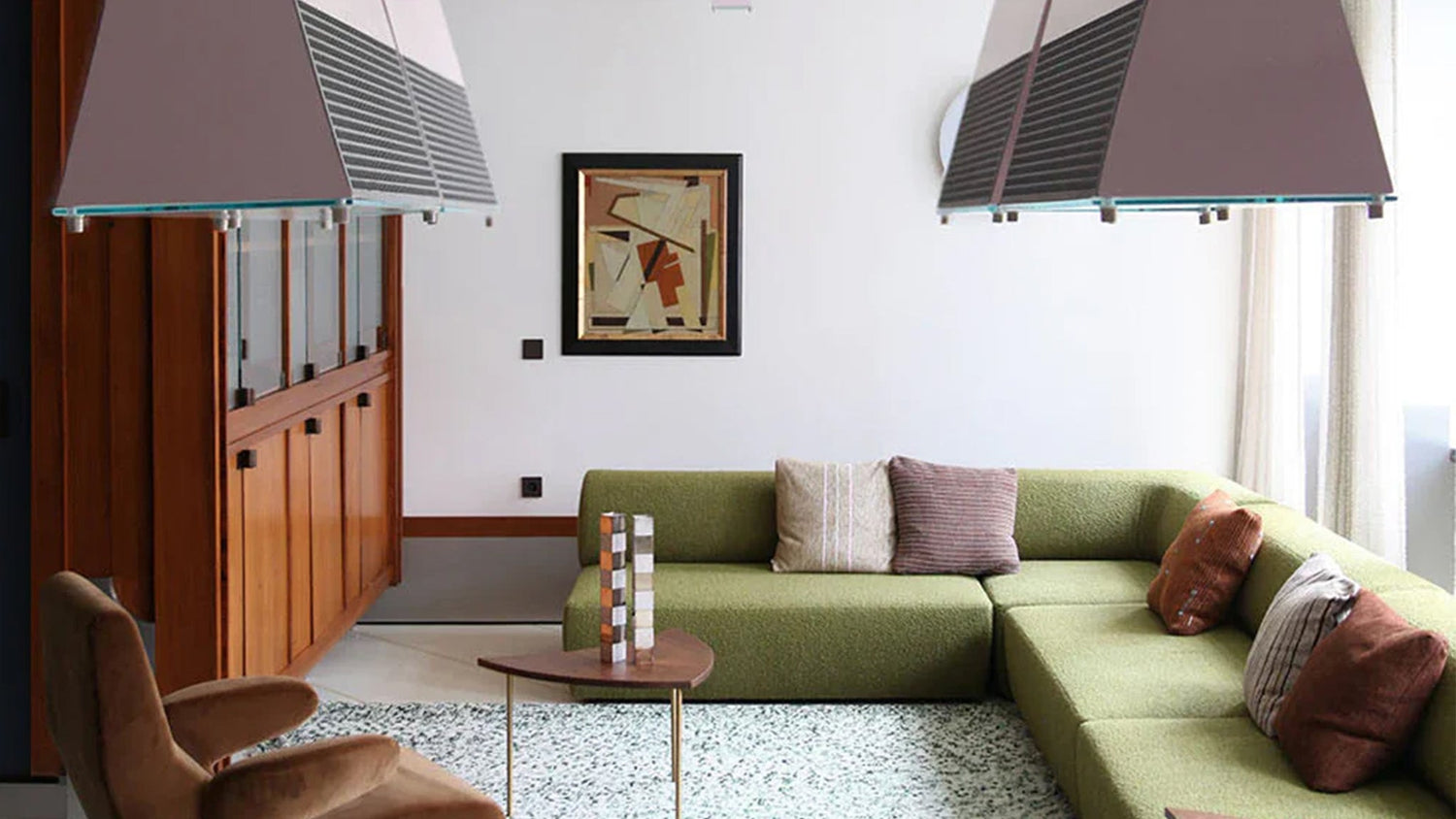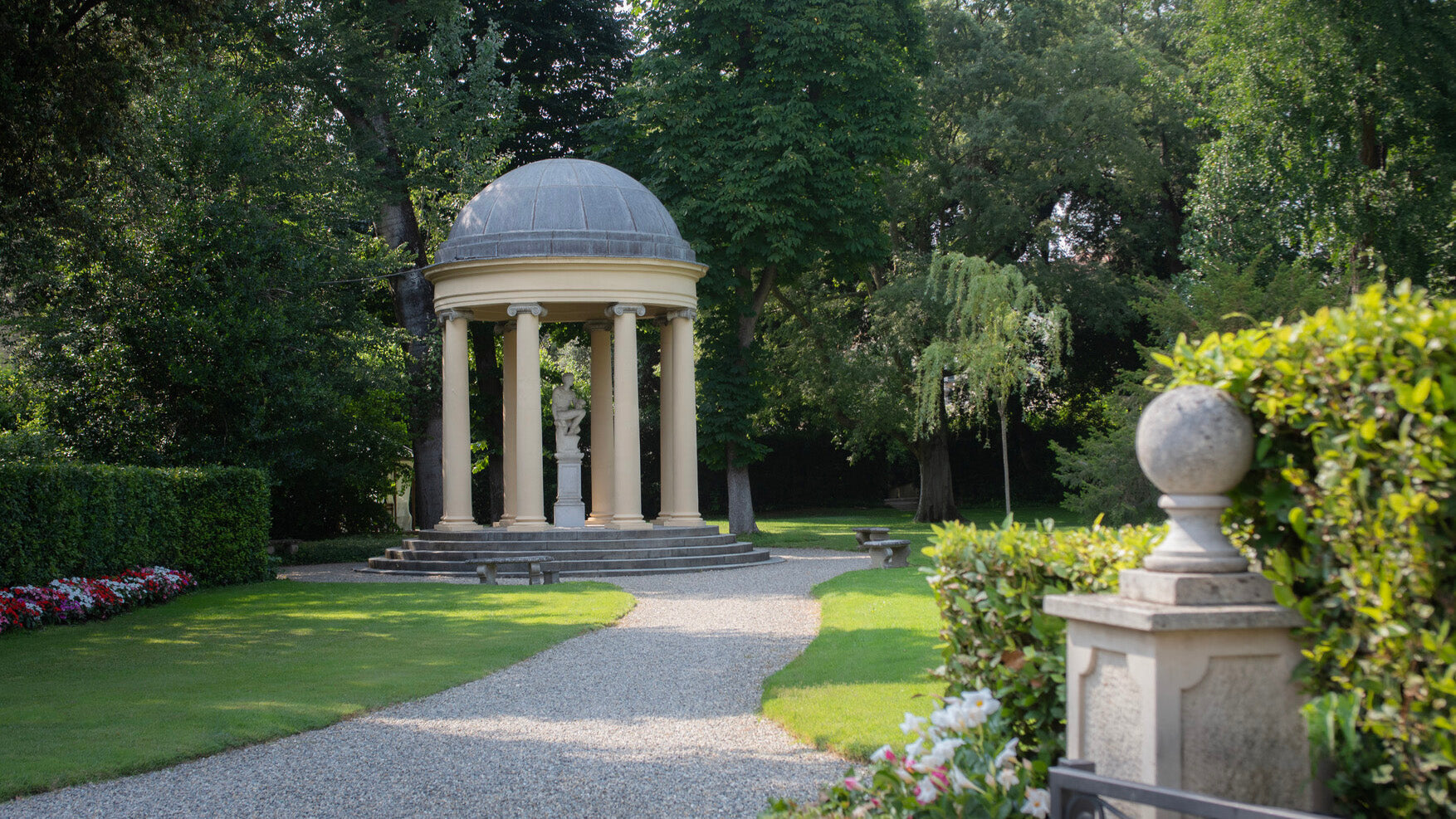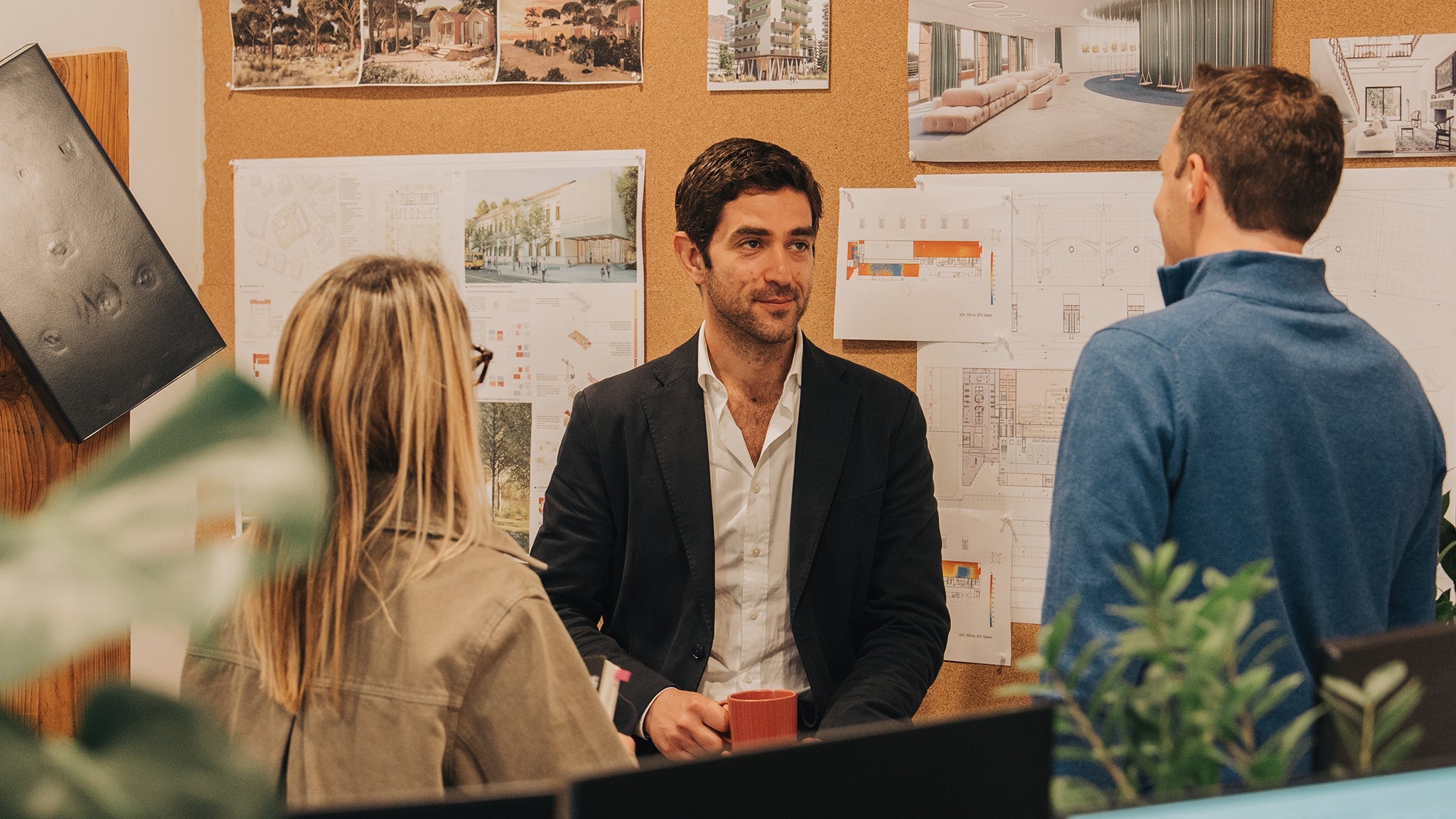An apartment designed by Marcante-Testa restores light and form to Ada Bursi's architectural vision

In the residential neighborhood of Borgo Crimea, in Turin , the Marcante-Testa studio has signed the renovation of a two-level apartment inside a 1958 building, a symbol of Italian modernist architecture.
But the value of the intervention is not limited to its aesthetics: this house represents a silent but powerful tribute to Ada Bursi , the first woman to be registered with the Order of Architects of Turin and a key, albeit long-forgotten, figure in the post-war reconstruction of Italy.

The building, created as a cooperative housing project, is characterized by an essential but expressive facade: projecting balconies, vertical windows, glass inserts and curved wood. Every detail tells an idea of “ democratic luxury ” — a design concept that does not focus on ostentation, but on the quality and intelligence of living spaces.

Marcante-Testa resume and amplify this vision with an intervention that we could almost define as curatorial. Nothing is left to chance : the pre-existing wardrobe columns are preserved and reinterpreted, while the new resin floors , created in collaboration with the company Rezina , introduce linear decorations inspired by the mosaics of the common areas of the building.
The project was born from a bond of trust between the clients, Marco Lobina (founder of Rezina) and Isabella Errani , and the Turin studio, which chose to reinterpret the spaces with philological coherence and sartorial attention to materials, proportions and history.
The three most distinctive areas are undoubtedly the stairs, the kitchen and the bathroom.

The original 1960s staircase , enhanced by a new marble step.

The custom-made kitchen , in glossy and matt laminate, which recalls the finishes of the economic boom years.

The bathroom walls , treated in resin with glass mosaic details, mark visual and narrative paths.

The intervention does not limit itself to restoration, but translates Ada Bursi's legacy into a contemporary language, while maintaining the original spirit of the building intact: an idea of home as an accessible, cultured, elegant but never elitist space.
An example of how design can become a cultural act, as well as an aesthetic one.





